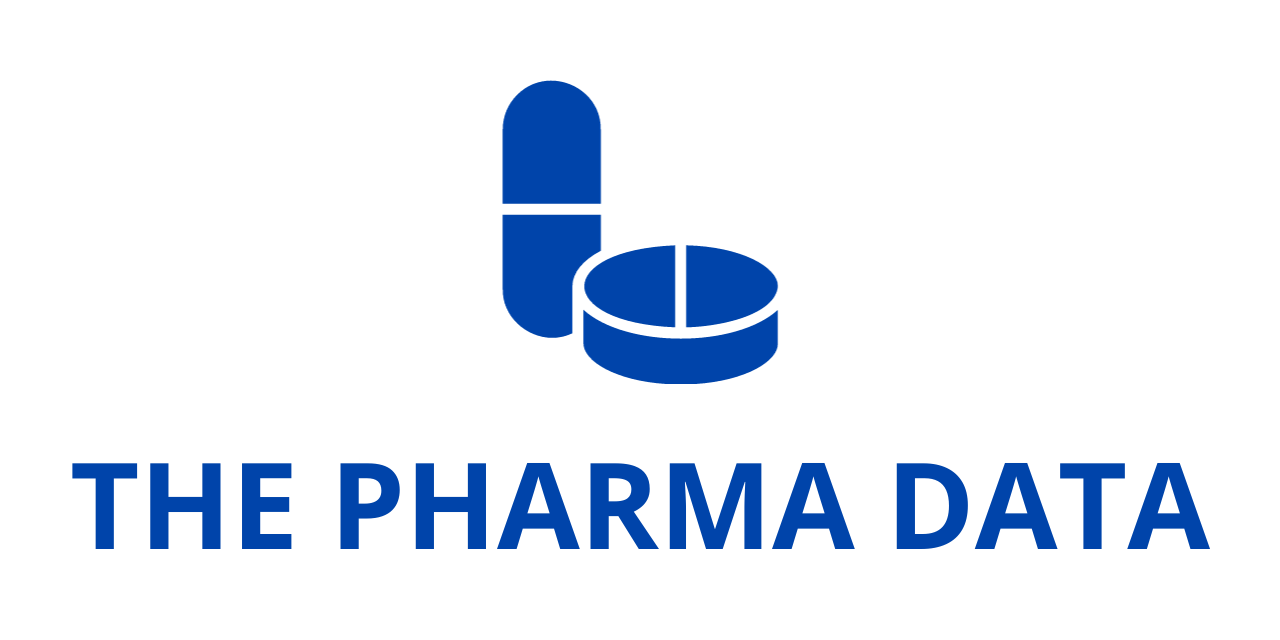
Oisín Biotechnologies, a privately held company dedicated to addressing age-related diseases, has announced the publication of preclinical data from its follistatin (FST) gene therapy program. The findings, detailed in the article “Safe and Effective Delivery of DNA and RNA Using Proteolipid Vehicles” in Cell, highlight advances in mitigating muscle loss. The research, led by Entos® Pharmaceuticals—creator of the FAST-PLV™ platform—includes contributions from scientists at Oisín, OncoSenX, the University of Alberta, Dalhousie University, and Aegis Life, Inc. The article is available online today and will appear in print on September 19th.
Matthew Scholz, CEO of Oisín Biotechnologies, remarked, “Our goal in developing cutting-edge genetic medicines for age-related diseases hinges on our ability to deliver nucleic acids safely and effectively to various cell types. We chose the Entos FAST-PLV system for its potential to address the limitations of other delivery systems, such as biodistribution, tolerability, and repeat dosing. The data published today in Cell validate this choice and provide a significant proof-of-principle for our follistatin gene therapy program. As we apply the FAST-PLV system to other development programs, its flexibility continues to highlight the broader potential of our genetic medicine approach in tackling age-related conditions.”
The published data include results from studies where a single dose of FAST-PLV FST gene therapy was administered to mice. After 15 weeks, these mice exhibited notable improvements in grip strength and body weight compared to controls. At 34 weeks, the mice receiving FST gene therapy demonstrated significant muscle growth, particularly in the hind limbs and torso, along with a marked increase in cross-sectional muscle fiber area relative to the control group.
Henry Garcia, Ph.D., Head of Aging R&D at Oisín, stated, “Muscle loss is a major factor in age-related frailty, impacting the mobility and quality of life for many elderly individuals. With the aging population and the rising use of GLP-1 class agonists for diabetes and obesity, there is an urgent need for therapies that can effectively address muscle loss and ideally promote muscle regeneration.




